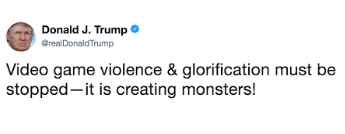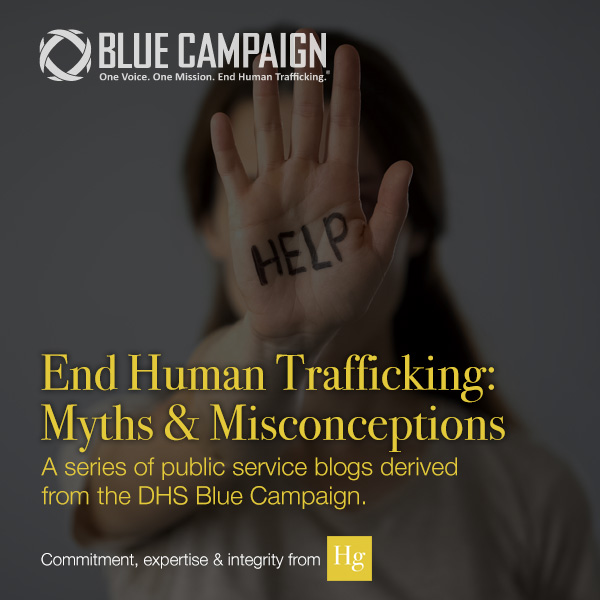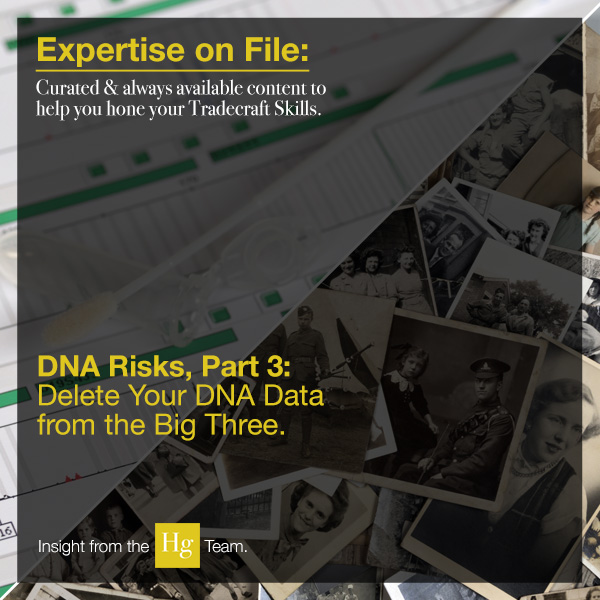This is the third and final blog post in a three-part series on how social media bots steal brand and personal identities and how you, the investigator, can get them back.
Last week we provided you tips on tracking down fabricated accounts and reclaiming personal identity. This week we discuss stolen images.
 Brand Value
Brand Value
Similar to a stolen name—and often more valuable—is your image with an alternate name.
What if I took the Armani image and made a fake account such as this: Instagram.com/ArmAnl
Looks exactly like it should, no? But notice the capital I (i) in ARMANI is actually a lowercase letter l (L). Name searching would fail. But I can search by image with websites such as Google Images and TinEye.com. On Google Images, Armani’s image produced the following top results:
The first three URLs above are likely owned and managed by the Armani brand. The fourth URL above is likely an overreach of an aggressive online retailer selling counterfeit or stolen products.
How Many Times Can an Image be Used?
Let’s try another example: Conduct a search with Donald Trump’s Twitter photo from @realDonaldtrump. You’ll find the same photo is used on @RealDonaldTrFan, who announces the site is a parody.


According to Google Images, the same image is used over 25 billion times. TinEye.com has 26 billion images to search against, so they locate the president’s photo 2,030 times in its library.
Should you find a match to an image you’re tracking, click through and visit the website. Scan the user name; sometimes it is obviously not your person (President Trump likely didn’t create @RealDonaldTrFan).
If a bot couples a social media account my company logo and pretends to be Hetherington Group, for example, then it’s a clear violation of my original material. As of this writing, the clothing brand Armani owns and operates accounts on Facebook, Twitter, and YouTube. But Armani does not manage accounts on Instagram or SnapChat. Someone could take over the Armani account on Instagram and SnapChat and post the Armani logo. If that were to happen, the legal team at Armani would write a letter to Instagram and ask to have the fraudulent account removed.
With a personal account, it is much the same action. I have a business account on Instagram, but not a personal account, so someone can take a photo of me from the Web and create Instagram.com/Cynthiahetherington with my photo. It will be up to me, or my agent, to file the fraud complaint.
The Devil is in the Details
In the case of a bot stealing an image, look first at the profile image. If the image looks the same, but slightly distorted, as in new filter overlay, or it’s cropped, then that is likely done to avoid automated detection. Next see if the letters were swapped for each other (i.e., lowercase i and l, the number 5 for an S, etc.). Also, check the audience numbers; bot accounts are valuable for the number of followers and retweets it reaps. If the account you are looking at has little original content, but retweets constantly on a whole array of topics, it is likely a bot account.
It’s getting trickier to authenticate real owners behind accounts. In light of Facebook’s major privacy data breach, in which Cambridge Analytica harvested 87 million Facebook profiles for use in the 2016 presidential election, Facebook will now mail postcards to potential buyers of political ads. The intention is to prevent foreign interference in future U.S. elections. The purchaser starts the ad purchase, and a postcard with a special code is mailed to a U.S. postal address. Recipients must then enter a code in Facebook to continue buying the ad. Considering many disrupters reside in the U.S., it seems unrealistic that this will thwart the use of false identities. If this is technology’s best answer to rein in rampant fraud, online investigators are going to have plenty of potentially lucrative business for quite a while.
Like what you’re reading? Become an Hg member and learn how to maximize your online investigations with shortcuts, tips, tricks, better investigative tools, and advanced research techniques for all skill levels. As an added benefit, subscribers get access to our Opt Out Index containing over 200 active links to assist you in getting your private data off the Internet. From Abika to ZoomInfo, we’ve got you covered!



